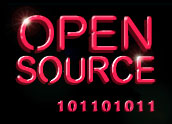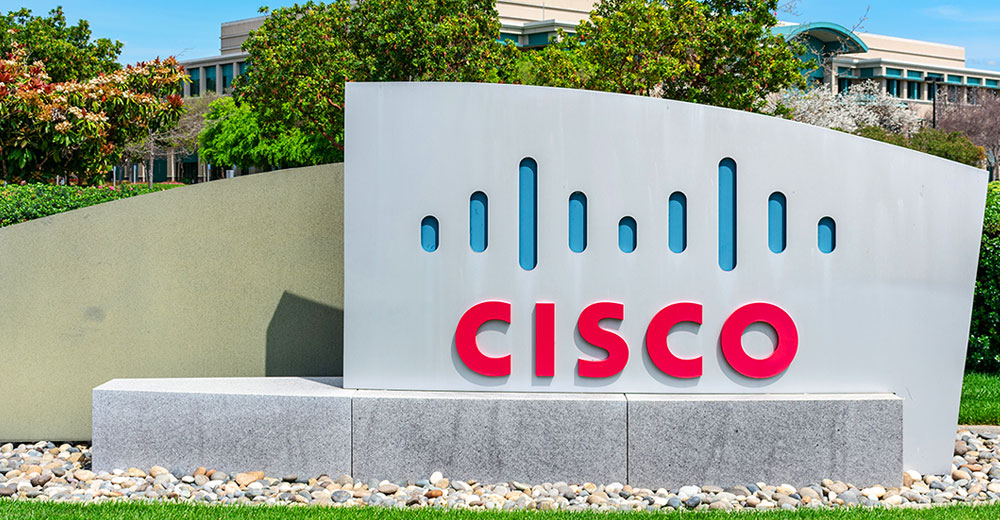
Not many years ago, the open source software ecosystem and proprietary models might have been thought of as incompatible.
About 10 years ago, though, the two systems began converging. IBM began to support Linux, providing what many analysts described as “legitimacy” to the fledging operating system among enterprise customers and developers.
IBM has continued to support Linux and other open source efforts ever since.
Indeed, in the last year alone, IBM made a number of contributions to the open source universe, and other well-established enterprises have followed suit.
Among IBM’s contributions to open source in the last year:
- In April, it announced development of a business partner program as part of a company-wide expansion of support for best practices and skills to help clients move to new enterprise data centers, which IBM touts as more Earth-friendly, efficient, secure and long-lasting.
- It highlighted capabilities of Linux-enabled virtualization for datacenter consolidation.
- It increased publication of interoperability patents for open source.
- It delivered an open software stack for high-performance computing, making it easier for developers to create tools and solutions.
“The company also collaborated with with Ubuntu, Novell and Red Hat to deliver a ‘Windows-free’ desktop-based on Lotus Notes and Symphony,” Charles King, principal with Pund-IT, told LinuxInsider.
Bandwagon Rolling
Enterprise interest in open source isn’t limited to IBM, King noted.
“Microsoft is a company that few people associate with open source. In fact, many Linux diehards refuse to acknowledge the company efforts,” he observed. “But 2008 was a year that Microsoft significantly stepped up its open source activities.”
In February 2008, Microsoft hosted an event focused on expanding interoperability between Windows, Office and other platforms and technologies, including Linux and open source.
In March 2008, Redmond participated in an open source business conference with the aim of expanding its strategic alliances.
“Microsoft also delivered free open source testing tools for accessibility software — applications aimed at people with disabilities,” King said.
Microsoft’s ongoing Novell alliance “is evidence of its commitment to open source,” he added, “as are its continuing contributions to Apache and other efforts.”
Microsoft’s 2006 hiring of developer Ray Ozzie to replace Bill Gates as its chief software architect “suggests the company is dedicated to long-term evolution of its open source efforts,” said King.
Benefits and Pitfalls
Open source has been around for decades, but it is only now that it is enjoying explosive growth, said laura DiDio, principal with ITIC.
“It has only been since 2000, when Linux and open source really started to go mainstream with applications and operating systems, along with things like Firefox,” DiDio told LinuxInsider.
Contributing to the open source ecosystem can benefit a company but also has potential pitfalls, DiDio said.
“Open source can be a wonderful thing if you understand its values and drawbacks,” she remarked. “You have to invest in an ecosystem around it if you are an enterprise organization and have adopted an open source software, say outside the confines of Linux — or even with Linux, to a certain degree, when dealing with Novell or Red Hat — arguably among the best-known names for Linux operating systems. You can buy service and support from them, and they have their flavors of Linux.”
Support is a necessary component of open source systems, DiDio said. “Sun had OpenSolaris, so with that, while it wasn’t closed-sourced, common sense dictates that if there was no difference among those different flavors, why would I care what the brand was? But you’re still paying a licensing fee. Even with Debian, which is free, you have to pay to support it.”
Still, open source technology offers a maneuverability not available with proprietary products, DiDio said.
“The knock against the proprietary software package was it was closed-source, so there was a problem in that you couldn’t customize it,” she said. “That was a big reason for how proprietary vendors managed to keep their user base.”
Open source brought flexibility, she said.
“Nobody takes any money. That’s the good news, and it’s true in many ways. You can create something that is free,” she said.
Indeminification is another key issue, DiDio noted.
“I get slammed a lot for saying this, but that begs the question of what about indemnification, or the axiom that you need one throat to choke if something goes wrong?” she asked. “Who’s going to be responsible?”
The trade-off is worth it, though, said DiDio.
“Open source communities are primarily made up of these voluntary contributors,” she said. “They welcome contributions from a corporation with new ideas, a more formal testing infrastructure. They also love to get companies that will fund some of the big new features that might require additional expertise, time and labor than a single volunteer or individual volunteers can contribute.
“When you bring in a company that’s going to fund it,” DiDio continued, “obviously, you’re changing the equation, because companies will have a different approach to R&D than individuals. They have to adjust to the fact that they’re working in this larger community environment.”
In short, she said, a company will look to its needs first, but the community has needs and goals, too.
Importance of Sponsors
That’s why open source falls into two categories, said Jonah Stein, founder of ItsTheROI.com.
On one side, he told LinuxInsider, there are projects that are tightly linked to the sponsor company.
“Android is Google, but they let companies use the [intellectual property] and get contributions back,” Stein said.
On the other side are projects that take on a life of their own.
“AOL spun out Mozilla, but Firefox is the real driver of adoption,” Stein said. “On the end of that spectrum are the many Linux varieties and the enormous numbers of PHP programmers who share code libraries.”
Investment, of course, is central to the involvement of enterprise organizations in open source, said Rob Enderle, principal with the Enderle Group.
In a tough economic environment like the current recession, there could be a negative pressure on companies to focus more on their own projects, he told LinuxInsider.
“Right now, the only things getting funding are those that can demonstrate a strong return within six or 12 months, with preference going to projects that provide a faster return,” he said. “There is a sense with open source that if you don’t contribute time or money, someone else will pick up the slack — but this year and next, there may not be a ‘someone else.'”
That enhances the importance of sponsors, because they have tied their brand to the offering and, therefore, will place funding it on a higher priority, Enderle noted.
“Yet, with companies having to make incredibly difficult choices having to do with keeping sites open and people employed, you have to wonder where even sponsors will prioritize this effort,” Enderle said.
The Economy’s Role
There is, for example, a growing trend toward sharp cuts in marketing and other activities, noted Enderle, “and there is word that commission plans are being cut — yet both might seem to have a higher priority than funding a project the company didn’t actually own.”
Android is strategically important to Google and is at no risk, but Microsoft’s Xen may be more tenuous, Enderle said.
I’ll bet it gets hit a bit as Microsoft tightens its belt,” he predicted. “Sun, however, is in life support mode, and you wonder how much longer they can afford to put much of anything into OpenOffice, given its purpose remains largely to hurt Microsoft, who is a funding partner.”


















































When corporations sponsor an open source project, they get something in return. Those bright minds that attach themselves to the project are in effect working for free, to the benefit of the corporation. R&D people aren’t cheap. They may be the second most expensive people within the corporation (behind management, of course). Supposing that a dozen college kids, and half a dozen professional IT people get into the collaberation, donating 5 hours per week on average, the sponsor has gained a LOT in R&D, at just about no cost. Projects which capture the imagination of many college kids and professionals will of course benefit much more. But, the principal of having people do your research and testing for free has to entice a lot of corporations toward open source.
Also, one needs to remember that the specific license under which the open source project is released affects the "Intellectual Property" value a great deal. What license is Microsoft using? I’ve never looked at it, but I’ll bet it’s the most restrictive license they could dream up, and still call it "open source". Several companies have open sourced their basic code, then enabled some "addon" functionality to a more proprietary package. There are tricks, and there are tricks to open source software.